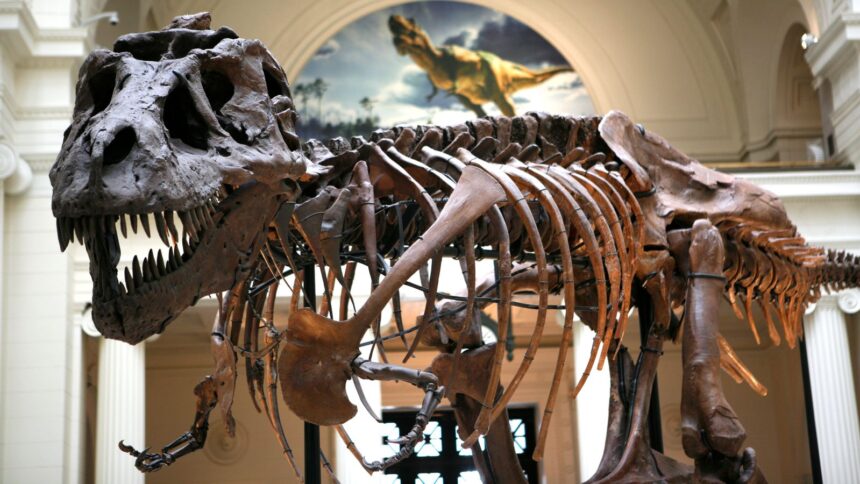First unearthed in 1942, the fossils were the subject of debate on whether they were from junior Tyrannosaurus Rexes or from Nanotyrannus lancensis – smaller relatives of the iconic dinosaurs.First unearthed in Montana, US, in 1942, the remains have been the subject of debate as to whether they were from junior T. Rexes or from Nanotyrannus lancensis – smaller relatives of the iconic dinosaurs.
According to research from the Milner Centre for Evolution at the University of Bath, the fossils were from adult dinosaurs, meaning the 66-million-year-old remains are more likely from the Nanotyrannus.
The university’s Dr Nick Longrich said he was “pretty blown away” by the findings, based on analysis of growth rings in the fossilised bones and modelling of the growth of the animals.
“I didn’t expect it to be quite so conclusive,” he said. “If they were young T. Rex they should be growing like crazy, putting on hundreds of kilograms a year, but we’re not seeing that.
“We tried modelling the data in a lot of different ways and we kept getting low growth rates.
“This is looking like the end for the hypothesis that these animals are young T. rex.”







